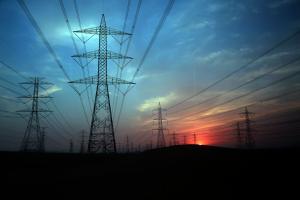Study: Full fibre most energy efficient broadband
 A new Prysmian Group study, commissioned by Europacable, has found that Fibre-to-the-Premises (FTTP) is the most energy efficient broadband, compared with other technologies such as FTTC and Hybrid Fibre Coax (HFC).
A new Prysmian Group study, commissioned by Europacable, has found that Fibre-to-the-Premises (FTTP) is the most energy efficient broadband, compared with other technologies such as FTTC and Hybrid Fibre Coax (HFC).
The study evaluated overall energy consumption among the three different broadband technologies in a rollout scenario. The modelling was based on 6 real-life regions in Germany, in order to represent typical urban and rural settlements.
The target was for the three connections to provide a minimum 50 of Mbps with 100 per cent take-up, whilst also factoring in consumer routers. Within the study, two FTTP methods were used: Point-to-Point (PtP) and Gigabit Passive Optical Networks (GPON). GPON is the method used by Openreach and is often known as Fibre-to-the-Home (FTTH).
The research found that HFC required 794 fibre nodes and 12 CMTS, while FTTC (VDSL2) had 538 active street cabinets and six central offices. By comparison, FTTP, which utilised 36 Points of Presence, comfortably had the lowest amount of active network elements across different locations.
In terms of the overall power consumption of access networks, HFC and FTTC were 1.8 to 2.2 times higher that PtP and up to around 7.5 times higher than GPON. HFC required 114kW and FTTC required 142kW, compared to 64kW for PtP and just 19kW for GPON.
In terms of power consumption with equipment in customer premises, HFC required 456kW, FTTP methods required 341kW and FTTC required 253kW. It is thought that optimising equipment in customer premises could help to significantly reduce energy consumption for FTTP networks.
Regarding total power consumption across network access and customer premises equipment, then, HFC networks scored the highest by far, with 569kW power consumption. FTTC (VDSL2) and PtP FTTP networks scored similarly, with 396kW and 406kW, respectively. While the lowest power consumption was seen with GPON FTTP networks, with 360kW.







